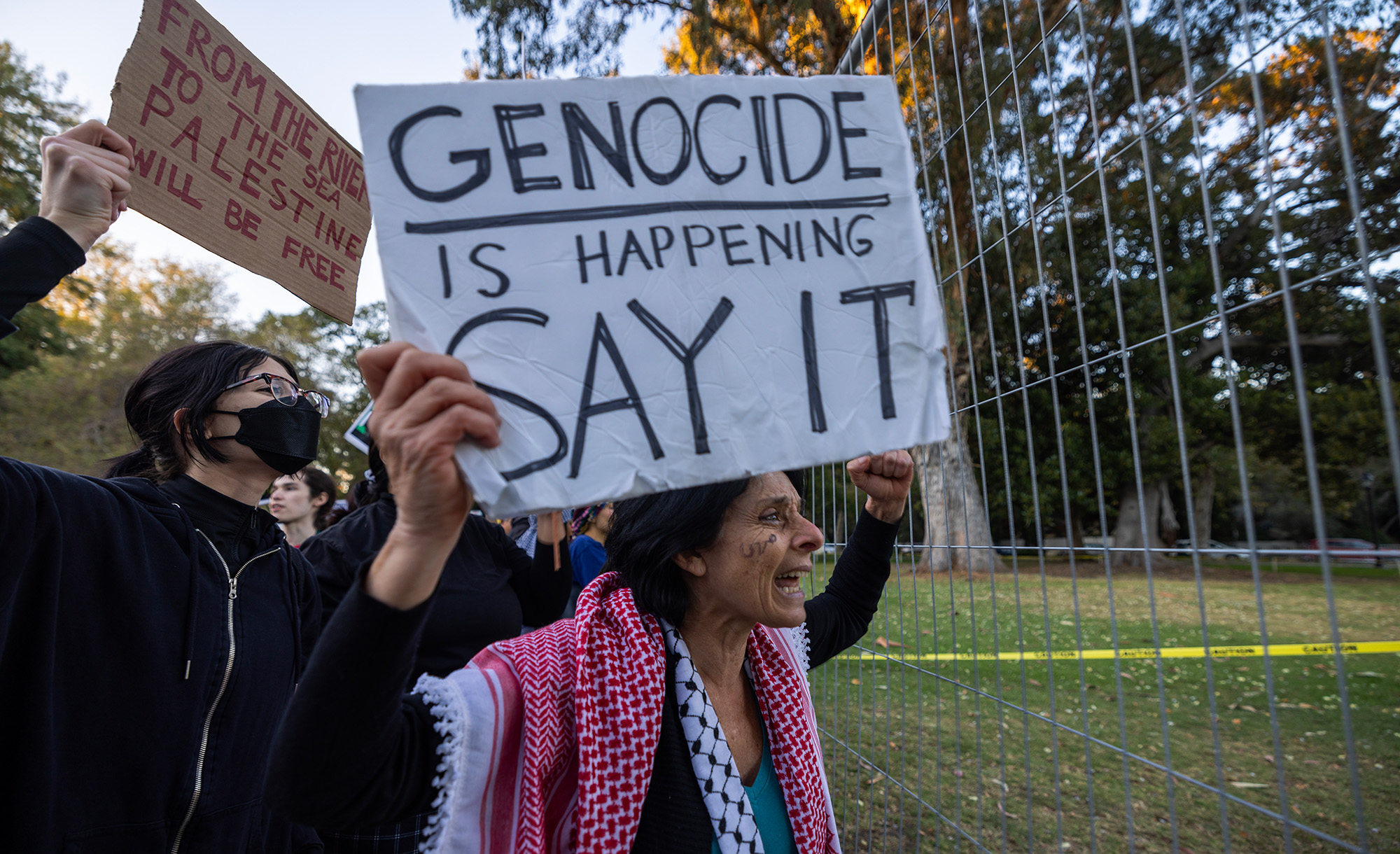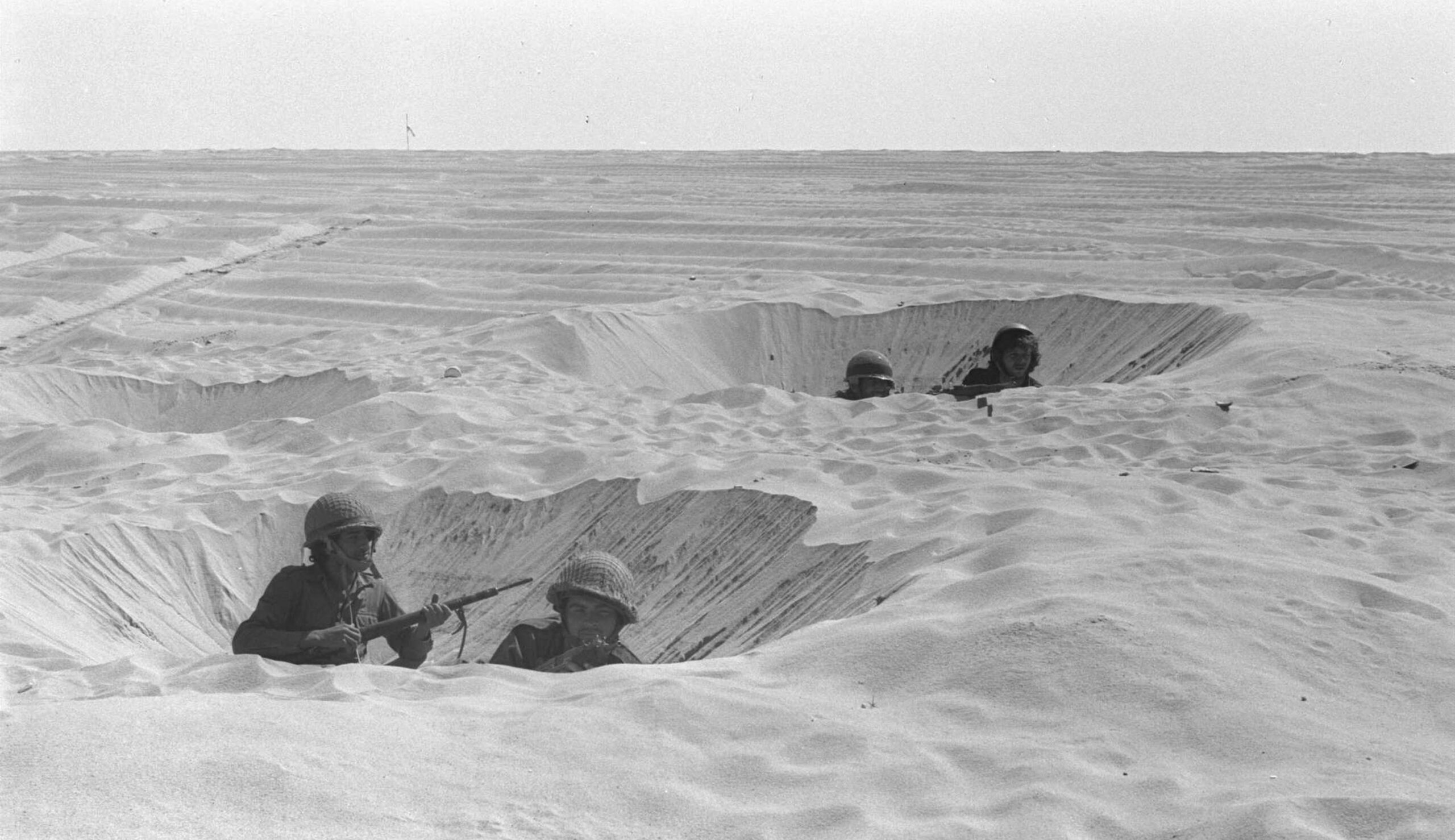Saudi Arabia spends some $4 billion annually to support mosques, imams, and religious schools abroad that uniformly teach the radical, fundamentalist Wahhabi interpretation of Islam. In part thanks to these expenditures, Muslim communities across the globe have grown more stringent in their beliefs and practices. So ingrained is Riyadh’s commitment to Wahhabism, writes Max Singer, that a major reversal cannot be expected. But U.S. pressure can still pay off:
One of the effects of the success [of Saudi-funded evangelism] has been a great increase in support within Muslim communities for Islamists, such as the Muslim Brotherhood, who believe Islam is obligated to be at war with the infidel world and/or that the West is trying to destroy Islam. Obviously, the Saudi-funded program is not the only reason for this dangerous radicalization of the Muslim public, but it has been an important contributor.
The leaders of the Saudi royal family . . . and the Saudi government do not believe the Islamist war against the West is good for Saudi Arabia, and they are strongly opposed to the Muslim Brotherhood, the largest Islamist organization. So why do they spend so much money exporting Wahhabism?
Two reasons. First, they started the program in 1979 after the Islamic revolution brought Ayatollah Khomeini to power in Iran. The Saudis felt they could not afford to allow Khomeini and the Shiites to dominate Islamic radicalism; a separate Sunni radical movement was needed to compete with Iranian influence. Second, their domestic political position was based on their long-term alliance with . . . powerful Wahhabi clerics. . . .
The U.S. cannot convince the Saudi leadership to stop spending so much money on exporting radical Islam around the world, because the program has too much domestic support. But now that the U.S. is working with the Saudi government against the Shiite challenge from Iran, Saudi leaders might be amenable to a suggestion about a fairly small change in their program that could make a big difference—particularly as they are at least somewhat ambivalent about some of the effects of that program.
The U.S. should urge the Saudis to drop Indonesia and India from the payroll. . . . So far, the Muslim communities of Indonesia and India—together over 400 million people, or close to one quarter of all the Muslims in the world—have not been radicalized, and both communities contain significant sources of resistance to radicalization by Arab groups. . . . These countries can be towering examples that Muslims can move into the modern world while continuing to be loyal to Islam. Their example could ultimately be the key to the outcome of the long-term clash within the Muslim world.
More about: India, Indonesia, Radical Islam, Saudi Arabia, U.S. Foreign policy


